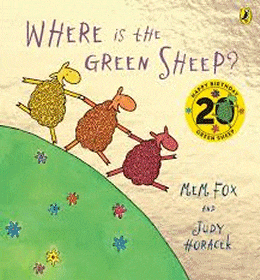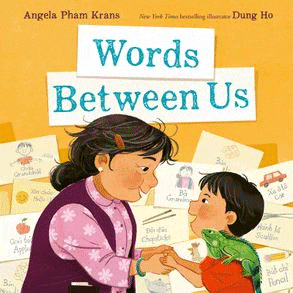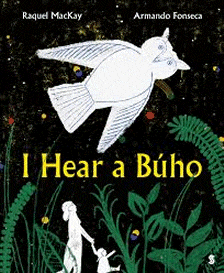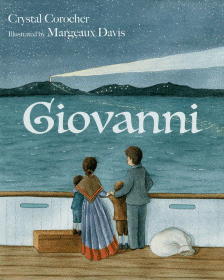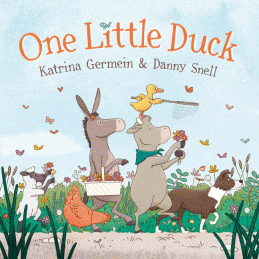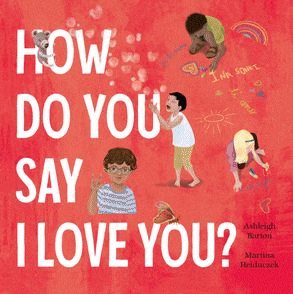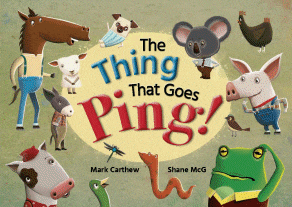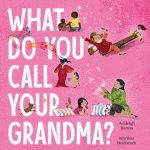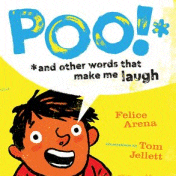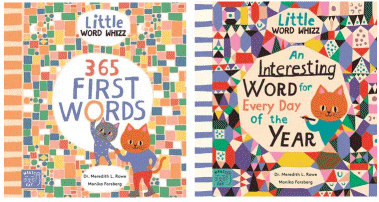
Little Word Whizz
365 First Words
9781913520366
An Interesting Word for Every Day of the Year
9781913520045
Dr. Meredith L. Rowe
Monika Forsberg
Magic Cat, 2022
112pp., hbk., RRP $A29.99
Did you know a ‘cartographer” is a person who takes photos of cars? That was the definition given to a colleague recently by a young child as they were introduced to the wonderful world of mapping. Trying not to LOL, she explained its true meaning to her students, and it is unlikely they will forget it. Once again proving that children are fascinated with new words – the longer the better. Who knows a little one who can correctly identify and say the names of all the dinosaurs?
Talking is an inherent behaviour that children learn by listening to their mother tongue as everyday life goes on around them, picking up not just the vocabulary but the context in which it is used and the nuances of sound as it is expressed. 365 First Words offers parents a pathway to help their children learn the words associated with common first concepts including colours, numbers and shapes, as well as parts of the body, things that go, animals and the world around us. Thus it also builds up the connections between the words in the groups so if a child goes to a farm or hears a story with a farm setting, their brain is wired for the things they are likely to see and the words for them.
However, because the words are in English – just one per item – it could also have a role in helping those with a different mother-tongue learn the English equivalents, or perhaps it could become the English-whatever first steps to learning another language.
Its companion, An Interesting Word for Every Day of the Year, takes vocabulary building to a more sophisticated level as it offers 52 fully illustrated scenes which provide “a fun and supportive platform to introduce little readers to big words and extend their vocabulary, which studies have recently proven to be the biggest indicator of a child’s potential later in life.” Building vocabulary has become a particular focus of literacy lessons in recent years (and so the wheel turns again) so as well as introducing the child to the particular words on the page (they have their meanings explained in a table at the bottom of the page) there is also scope to use these as starter-words to build synonyms and antonyms, providing a basis for both interesting speech and writing. Students might also create their own scene from a medium of their choice and, using the book’s examples as a model, add appropriate words that extend their vocabulary and that of their peers.
Both books are based on common concepts but both offer wide-ranging opportunities in the hands of creative teachers.
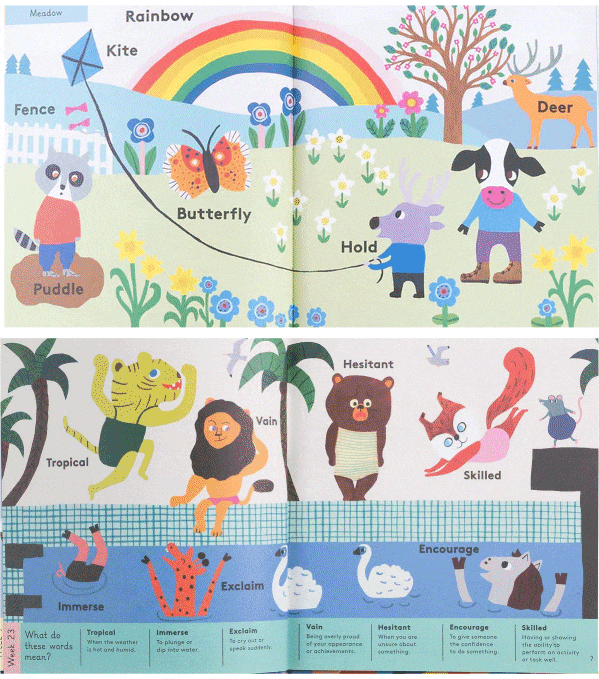
A peek inside…
